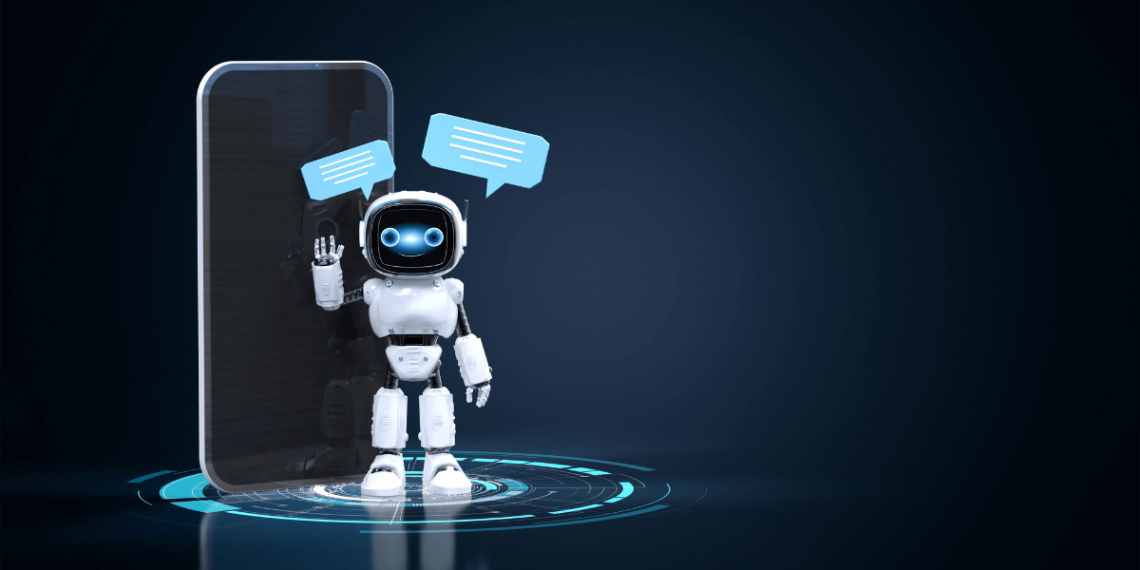Imagine sitting down to play your favorite online game, maybe a slot game or an intense multiplayer match, and finding yourself matched against someone—or something—that behaves so convincingly human that you start second-guessing your instincts. You might laugh, cheer, or even get frustrated at a move that seems eerily like what a real player would do. This isn’t science fiction anymore; it’s the reality of AI-powered game bots today. Over the last decade, artificial intelligence has transformed the gaming world, making bots smarter, more adaptive, and more human-like than ever before. These bots are no longer predictable algorithms repeating the same pattern—they’re dynamic, learning, and capable of responding in ways that mimic human behavior so closely that distinguishing between AI and a real person has become a real challenge.
So, why does this matter? Gamers crave immersion, unpredictability, and a sense of realism. Traditional bots, with their rigid routines and repetitive actions, often break that immersion. You can spot them a mile away—they always attack at the same moment, follow the same path, or make choices that feel mechanical. That predictability creates frustration, boredom, and sometimes even mistrust in online gaming platforms. AI is stepping in to fix that, creating bots that adapt, learn, and evolve, ensuring that every encounter feels fresh, challenging, and real. And the best part? These human-like bots aren’t just a luxury—they’re becoming essential in shaping how we experience online gaming today.
The Evolution of Game Bots
Game bots have been around since the early days of online gaming, but the journey from simple scripted routines to intelligent, adaptive AI is remarkable. Initially, bots were purely rule-based, executing pre-programmed strategies with zero flexibility. They might dominate beginners, but seasoned players could easily exploit their predictability. Over time, developers introduced basic AI that allowed bots to respond to player actions, but these early iterations still lacked the nuances of human thinking. They couldn’t bluff, strategize, or adapt in ways a real human would. Fast forward to today, and AI-powered bots now leverage machine learning, deep neural networks, and reinforcement learning to mimic human decision-making. They observe player behaviors, learn from mistakes, and even experiment with new strategies to keep players engaged. The result is a gaming experience where bots feel less like obstacles and more like real opponents—full of unpredictability, challenge, and excitement.
Understanding Human-Like Behavior in Games
What does it mean for a bot to be “human-like”? It goes far beyond simple movements or attack patterns. Human players make decisions based on emotion, risk assessment, and learned experience. They hesitate, experiment, and even make mistakes—something traditional bots never did. Modern AI bots are being trained to replicate these subtleties. They can simulate risk-taking behavior, occasionally make sub-optimal choices to appear realistic, and adjust their strategies based on the player’s tactics. For instance, in a competitive match, a human-like bot might feint, retreat, or bluff, just as a real player would. The inclusion of these nuanced behaviors keeps players on their toes, creates tension, and enhances the overall gaming experience.
AI in Action: Adaptive Learning
One of the most exciting advancements in AI for games is adaptive learning. Unlike older bots, modern AI doesn’t just react—it learns from every interaction. Through reinforcement learning, bots receive feedback based on their performance and adjust their strategies accordingly. If a particular approach fails, the AI tries something different the next time. This iterative process allows bots to evolve continuously, becoming more sophisticated and human-like with each encounter. Adaptive learning also helps maintain balance in games, ensuring that bots neither dominate nor underperform, which keeps players engaged without feeling frustrated or bored. For competitive gamers, this creates an environment where every match feels dynamic and challenging.
Emotional Intelligence in Bots
Believe it or not, AI bots are now capable of exhibiting forms of emotional intelligence. Through complex algorithms and pattern recognition, bots can interpret player behavior, predict emotional responses, and adjust their actions accordingly. For example, if a player is consistently aggressive, a bot might adopt defensive tactics, creating a more believable and challenging opponent. In casual games, AI can even simulate excitement, disappointment, or hesitation, adding a layer of realism that was once unimaginable. This isn’t about making bots “feel” emotions—it’s about creating the illusion of emotions to mimic human-like interactions, making every encounter more engaging and immersive.
Realism in Slot Games
While most discussions about AI focus on competitive multiplayer games, AI is also revolutionizing casual games like slot game platforms. Traditionally, slot games rely on random number generators to determine outcomes, which can feel repetitive and predictable. Modern AI, however, is enhancing player engagement by analyzing user behavior, offering personalized experiences, and dynamically adjusting game mechanics to make each spin feel unique. AI-driven bots in slot games can simulate realistic player behavior, making online environments feel bustling and authentic, even in games where players often feel alone. This combination of human-like interaction and personalized gameplay keeps players invested longer and increases overall enjoyment.
The Poker Game Revolution
Poker has always been a game of strategy, bluffing, and psychology—a perfect example of where AI can make a huge difference. Modern AI bots in qq poker game platforms are capable of reading betting patterns, predicting moves, and even bluffing convincingly. Unlike early poker bots that followed strict rules, today’s AI can vary strategies, create uncertainty, and challenge even seasoned players. This evolution has reshaped online poker, providing both beginners and experts with more stimulating gameplay. For players, facing a human-like AI opponent isn’t just fun—it’s a valuable way to learn, adapt, and sharpen skills without relying solely on human opponents.
Overcoming Predictability: The Big Pain Point
One of the biggest frustrations in online gaming has always been predictability. Nothing breaks immersion faster than a bot that behaves like clockwork. By incorporating randomness, learning, and emotional simulation, AI bots are addressing this pain point directly. Players now encounter unpredictable moves, unexpected strategies, and dynamic behaviors that challenge their skills. This unpredictability mimics human spontaneity, keeping players engaged for longer periods and encouraging them to think strategically rather than relying on repetitive patterns. The result? Less boredom, fewer frustrations, and more excitement—something every gamer craves.
Ethical Considerations and Fair Play
With great AI power comes great responsibility. As bots become more human-like, concerns about fairness, transparency, and ethics arise. For instance, in competitive environments, should players be informed when they are facing AI opponents? How can developers prevent bots from gaining unfair advantages? Addressing these questions is crucial to maintaining trust in gaming platforms. Developers are now focusing on creating balanced AI that enhances player experience without undermining fairness, ensuring that the line between fun and frustration is carefully managed.
AI as a Learning Tool
Another fascinating aspect of human-like bots is their potential as educational tools. In strategic games, these AI opponents can help players improve by simulating challenging scenarios, offering adaptive difficulty levels, and providing insights into effective strategies. Gamers can experiment with new tactics, test theories, and refine their skills in a controlled environment. Over time, this not only enhances gameplay enjoyment but also fosters real skill development, making AI a valuable companion in both casual and competitive gaming landscapes.
The Future of Human-Like Game Bots
Looking ahead, the potential of AI in gaming is limitless. Bots will continue to evolve, incorporating more sophisticated learning algorithms, natural language processing, and emotional intelligence. Multiplayer environments will become richer and more immersive, with human-like AI opponents enhancing every aspect of the player experience. Beyond entertainment, these advancements could influence esports, training simulations, and even gamified education platforms. The line between human and AI opponents will blur, creating gaming worlds that are more engaging, unpredictable, and lifelike than ever before.
Conclusion: A New Era in Gaming
The rise of human-like AI bots marks a fundamental shift in how we experience games. From casual prediksi togel game experiences to strategic poker game battles, AI is making virtual opponents smarter, more adaptive, and more human-like. By addressing pain points like predictability, enhancing engagement, and even simulating emotional intelligence, AI is transforming gaming into a more immersive and dynamic experience. For players, this means richer challenges, more excitement, and the chance to interact with virtual opponents that feel real. For developers, it’s an opportunity to innovate, create, and redefine what’s possible in gaming. In short, AI is not just making bots smarter—it’s making games more human. And in a world where realism, unpredictability, and immersion are king, that’s a game-changer we can all celebrate.









